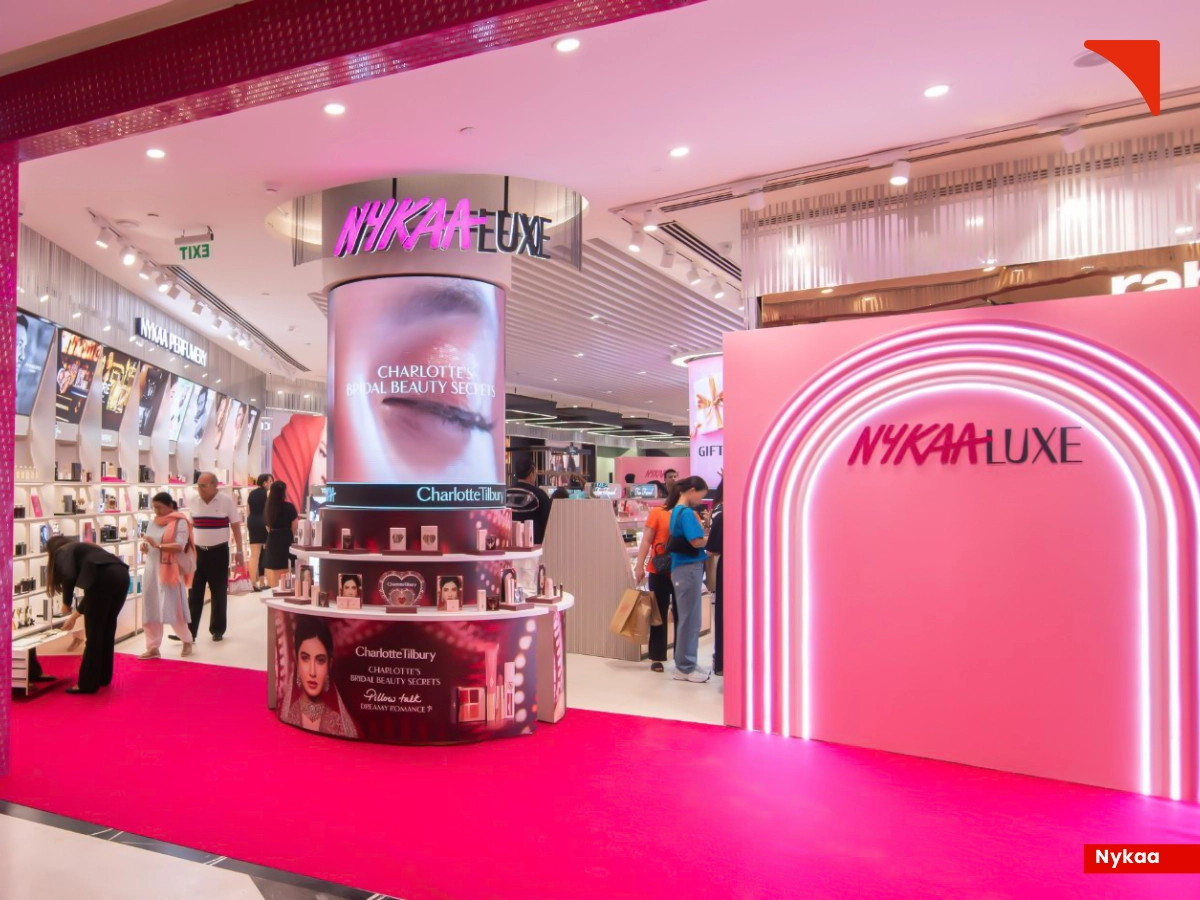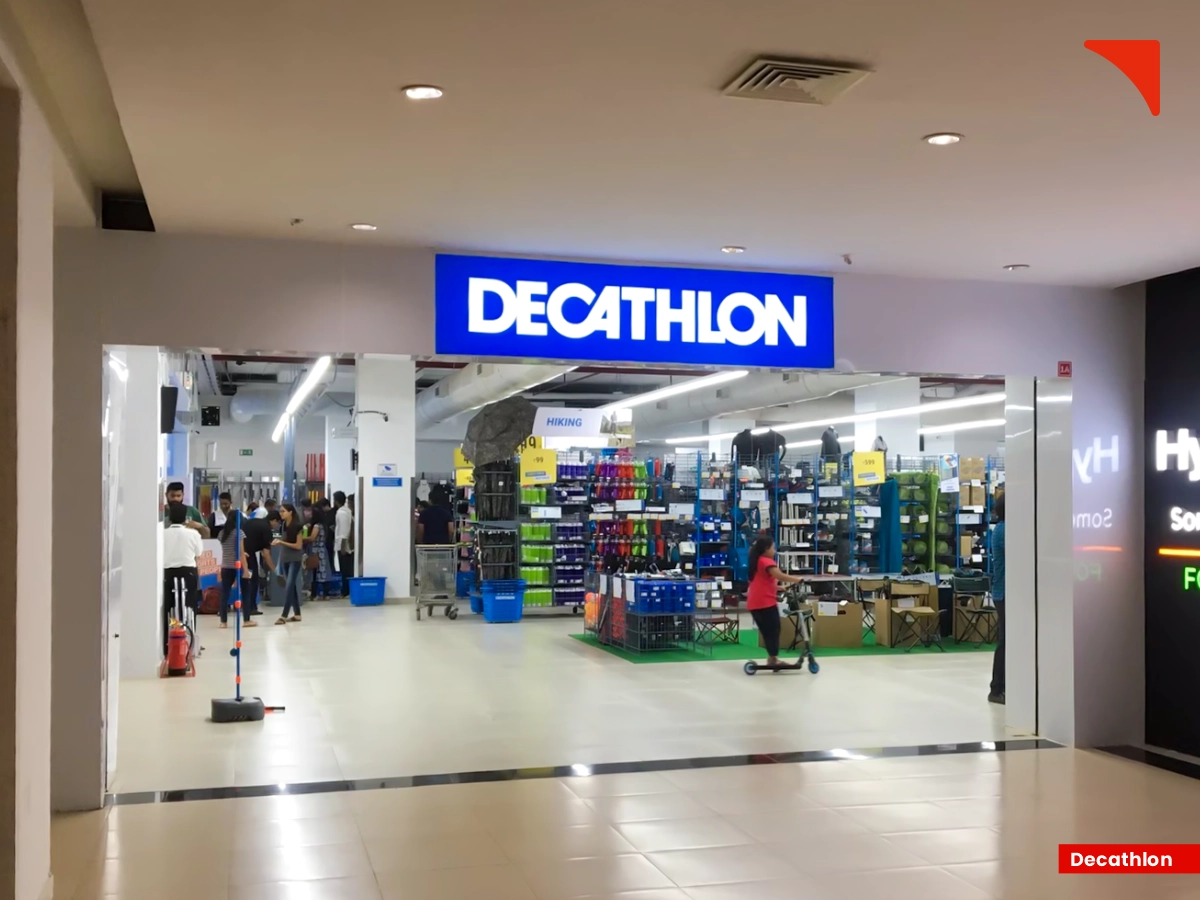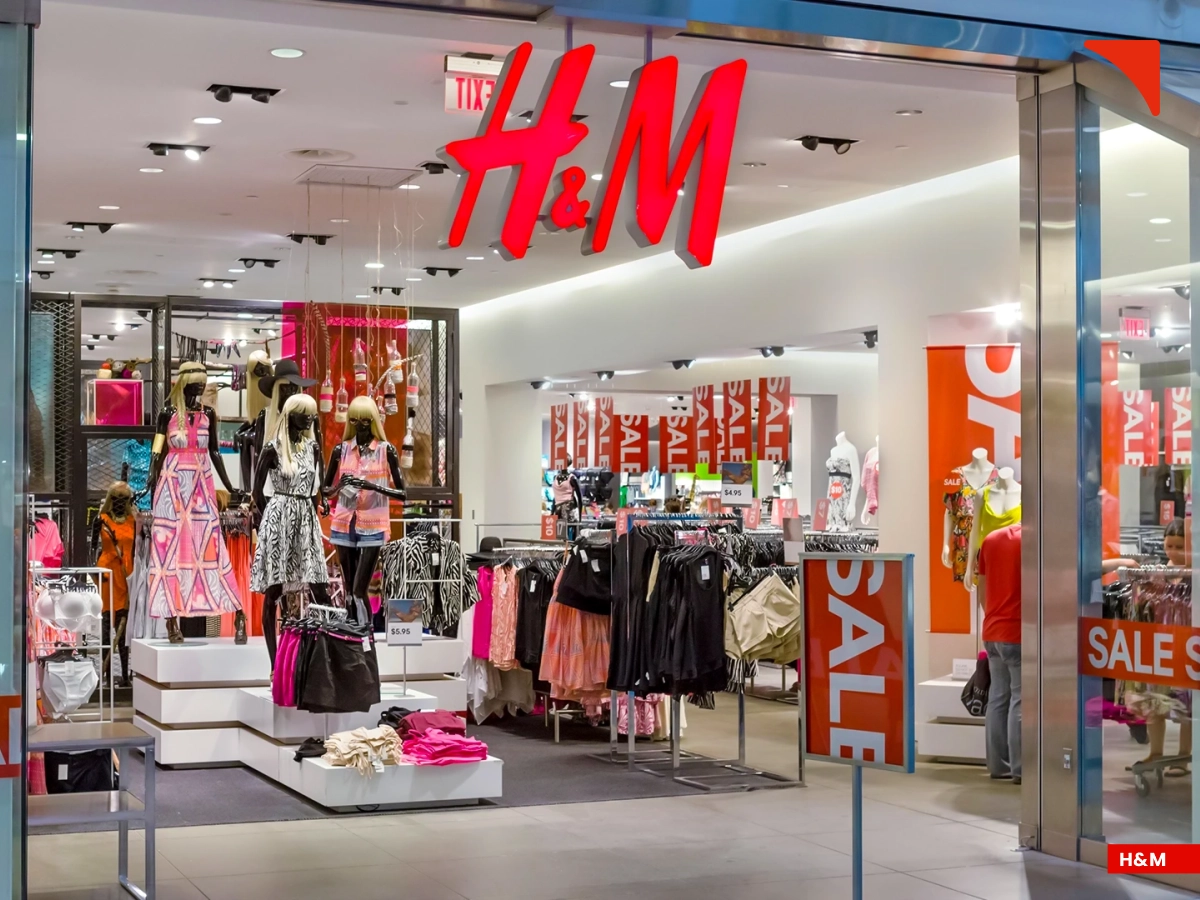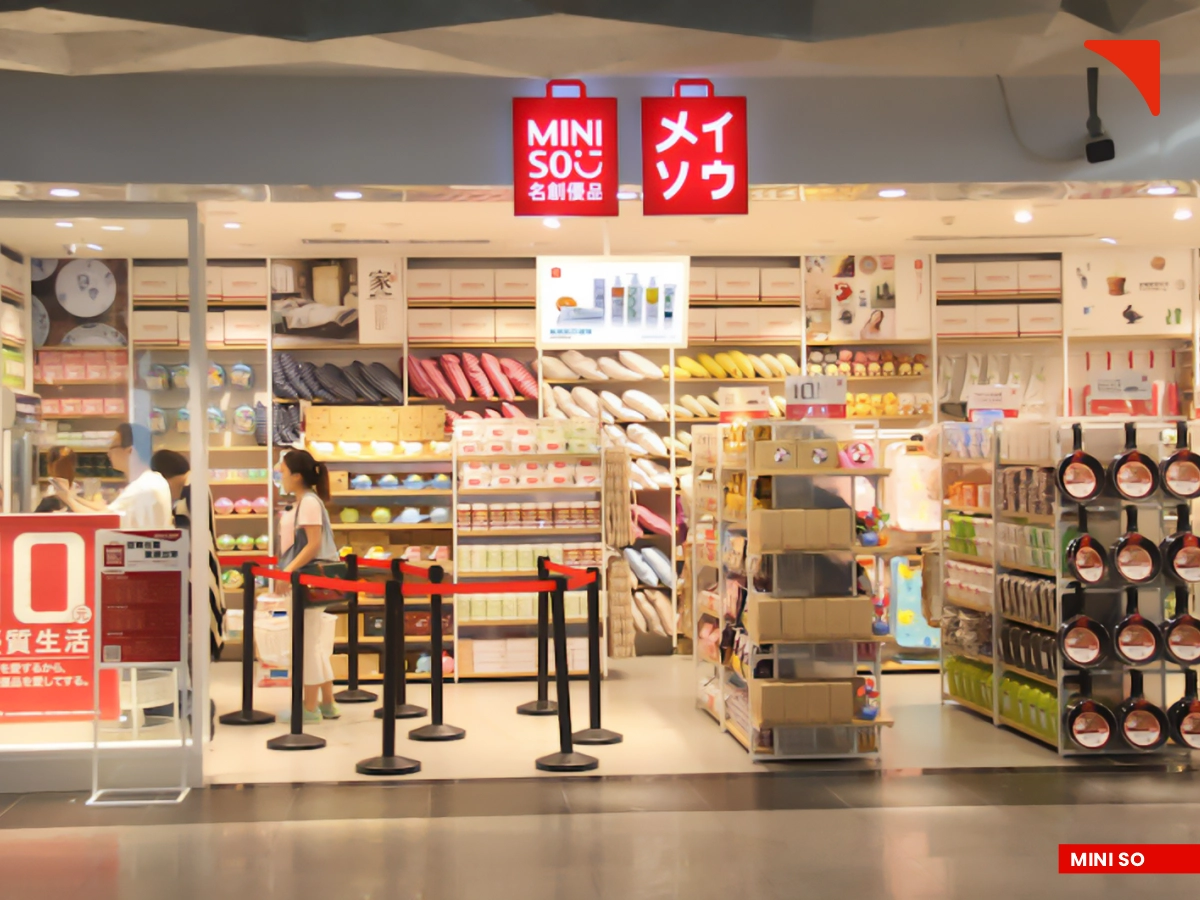HOW DOES STRATEGIC RETAIL EXPANSION OUTPERFORM FAST GROWTH?

Retail and expansion are two distinct words. However, when they are combined, a new phrase emerges: retail expansion. A long time ago, retail success was all about opening more and more stores, increasing revenues, and experiencing rapid expansion. However, this is no longer the case. Retail has developed significantly, as has the meaning of expansion. It is no longer simply about adding locations.
In this highly competitive and interconnected world, brands must implement strategic, data driven store rollouts. They need to make wise movements rather than quick ones. This is because retail expansion is determined not by how many locations a brand may create, but by how well those new and existing stores serve the intended purpose.
This post will go over a few instances that demonstrate why strategic planning, rather than store count, is driving long term retail development. This respective information will include a variety of cutting edge tactics as well as supporting examples of successful brands. So, let us begin with it.
1. Because each market is unique, it must be and should be treated accordingly

One of the most common mistakes that various retail brands make is assuming that what works in one location will work everywhere. However, this is not how things work. Instead, it is argued that expansion should begin with research rather than real estate. Understand this better by referring to the below mentioned Nykaa example.
The beauty giant did not immediately build retail locations in India. Instead, it chose to start with online stores. The firm initially launched an e commerce website, collected consumer data, and used it to better understand current customers' wants and preferences. Once Nykaa had a strong understanding of how to meet the needs of its target demographic, the business began developing physical storefronts in various places.
Nykaa established a unique retail rollout approach for each shop, which was further customized based on demographics, location, and client preferences. This enabled the business to create market specific storefronts that were ideally aligned with the varied customers from various areas.
2. When choosing a location, footfall is not the only thing to consider

When it comes to launching new physical storefronts, firms will find a high traffic site appealing. A crowded area may appear to be an ideal setting. This could be useful for some companies, but it may not work for others. In other words, retail expansion does not include following the crowd. Instead, it is about locating the store where it is most important. Recognizing this, retail companies are now selecting sites that are relevant to them and can assist in attracting the greatest number of target customers.
Decathlon, a French athletic goods shop and brand, serves as an excellent illustration over here. The business typically locates its stores near parks, universities, playing fields, or open spaces, primarily in regions where people are more inclined to engage in physical exercise. Without a doubt, these stores are not in prime shopping locations, but that is not a matter of concern because they are located where the products actually make sense.
Furthermore, Decathlon provides a location for clients to try things before purchasing. Instead of using a standard retail design, the company develops a sports experience zone. This fosters a greater sense of trust and value.
3. More stores do not mean more profits

As already mentioned at the beginning of this post, retail expansion is more than just opening new locations. Often, brands ignore this truth and create more and more outlets without a clear strategy in order to accelerate their expansion process. However, the majority of them find up in problems. This quick expansion eventually becomes one of the primary causes of retail failure.
Retail brands must recognize that having ten or twenty high performing stores is preferable to having one hundred or more overwhelming stores. Brands that base their retail strategy on this method achieve success while others do not.
Understand this through the lens of H&M's difficulty in the United States. It is a Swedish international fashion retail brand that established a large number of retail locations in the United States without first adapting to local purchasing trends. Many locations underperformed, and several were shuttered within six months of opening. The entire expense of opening the stores, operating them for a few months, and closing them made this retail rollout plan a losing proposition.
This was H&M's example. However, we can also learn a lot from MUJI. A Japanese retail corporation that progressively opens a few locations in various markets while ensuring that each one is well planned, strategically efficient, and completely aligned with the brand's identity and image. Every MUJI store provides a consistent but unique retail experience that adds to the brand's value.
4. Format testing is actually necessary

The concept of modern retail extends far beyond large showrooms. Instead, it is about experimenting with various formats. Smart firms that want to succeed in this competitive landscape use flexible retail formats like pop ups, store in store formats, mobile vans, experience centers, and so on before making long term commitments. This helps people comprehend what is best for them and promotes profit and growth.
The Souled Store over here serves as an excellent example. It is a casual fashion company that began with a direct to consumer (D2C) concept. Before opening permanent retail locations, the business experimented with pop up stores. This retail rollout method assisted the company in determining what would work and what would not, all while avoiding large upfront costs.
Miniso, a Chinese retail brand, entered the Indian market by opening tiny format stores in densely populated areas. These modular storefronts were simple to recreate, allowing the brand to remain consistent across multiple locations. Based on the data, Miniso was able to relocate or extend their business installations with more ease. The brand recently created a Harry Potter inspired pop up in Ambience Mall, Gurugram, which was a huge success.
Winding up: Expanding strategically rather than fast is the key to retail success!
With the information shown above, it is evident that retail expansion works best when done gradually, carefully, and strategically. To scale sensibly, firms should select the appropriate format, understand their target customers' interests, and provide them with a memorable in store experience. They should comprehend that success is more than simply a number. Instead, it is about how well each store supports the brand's goals and objectives, builds trust and loyalty, and drives long term growth.